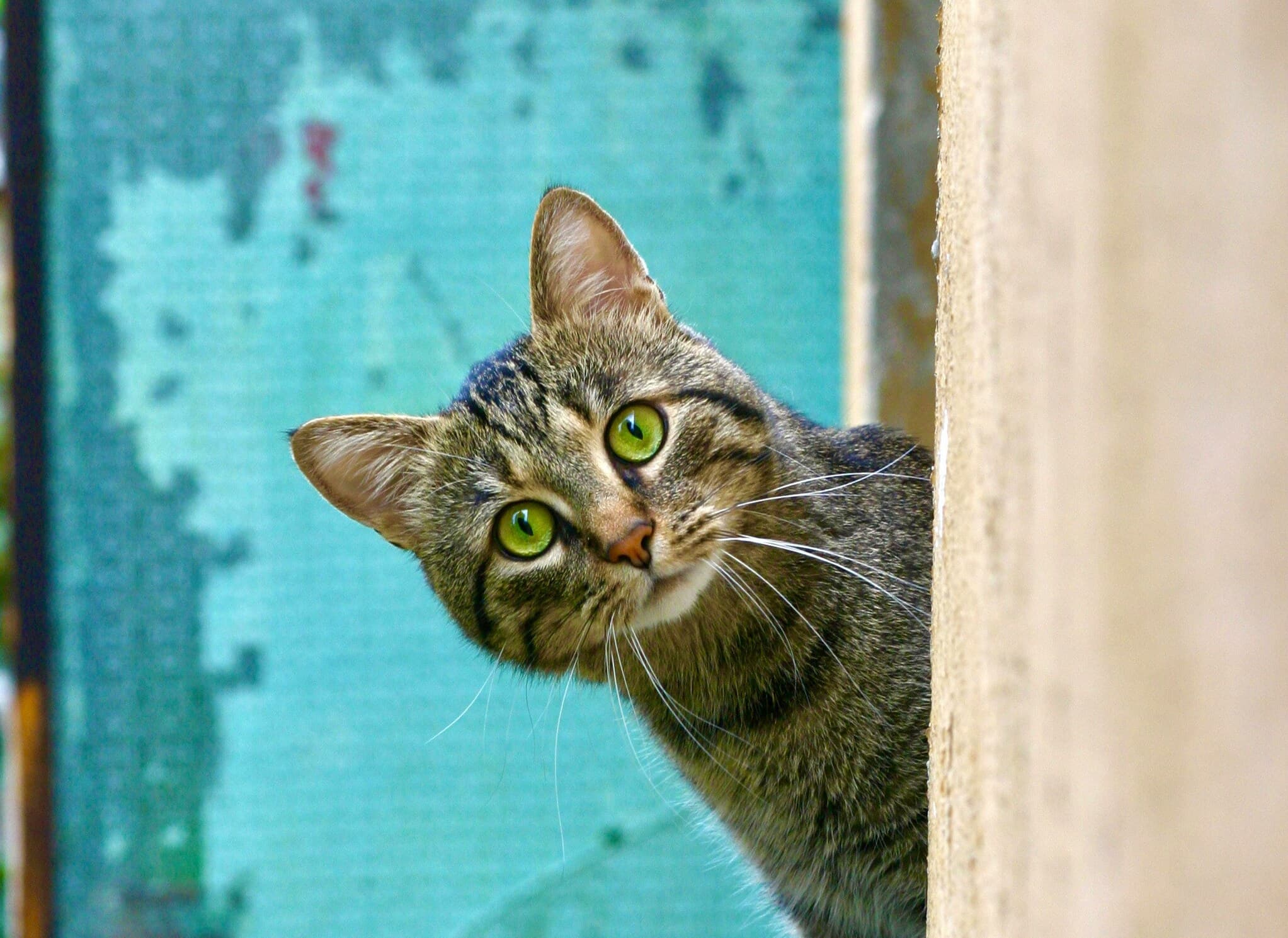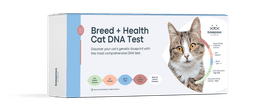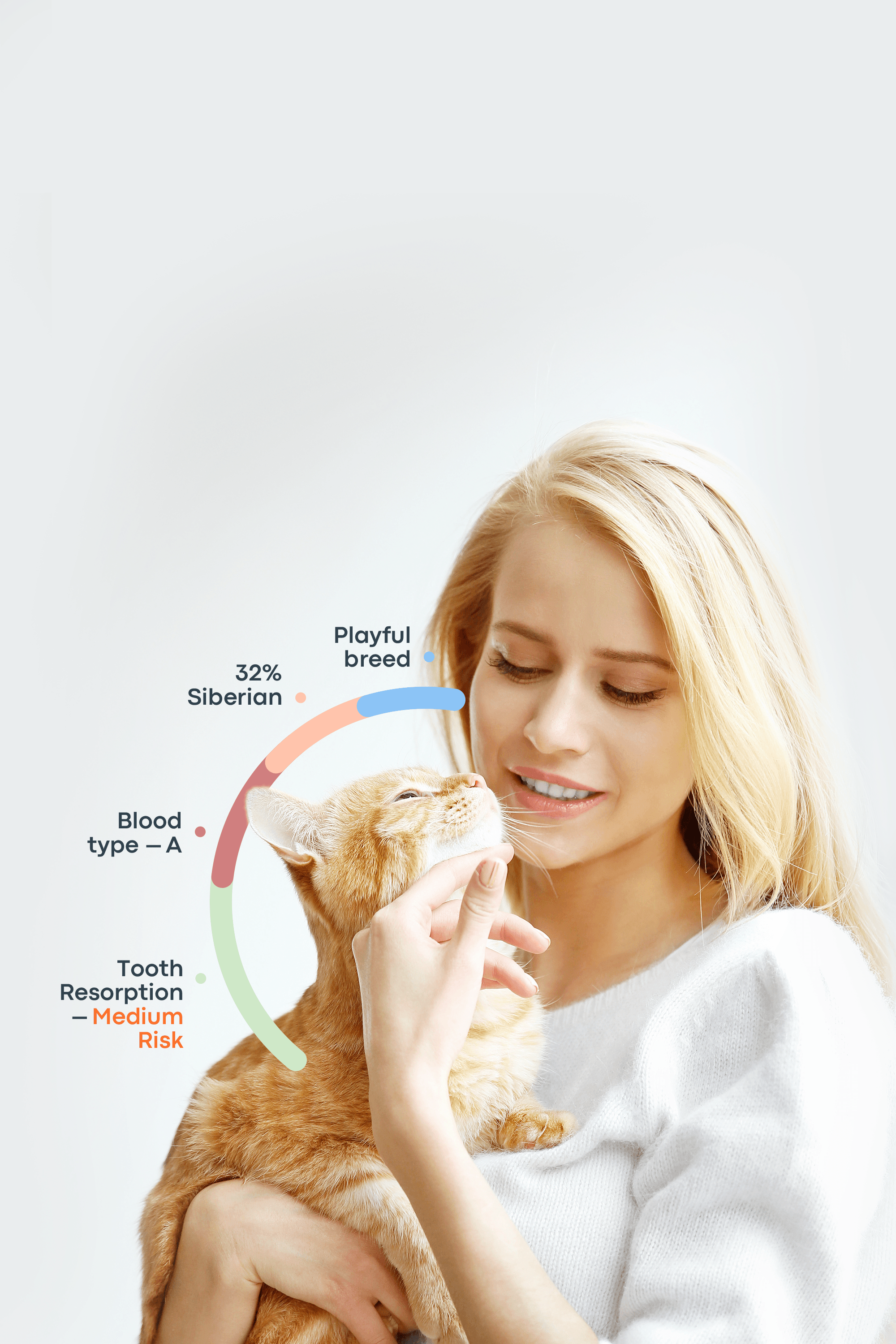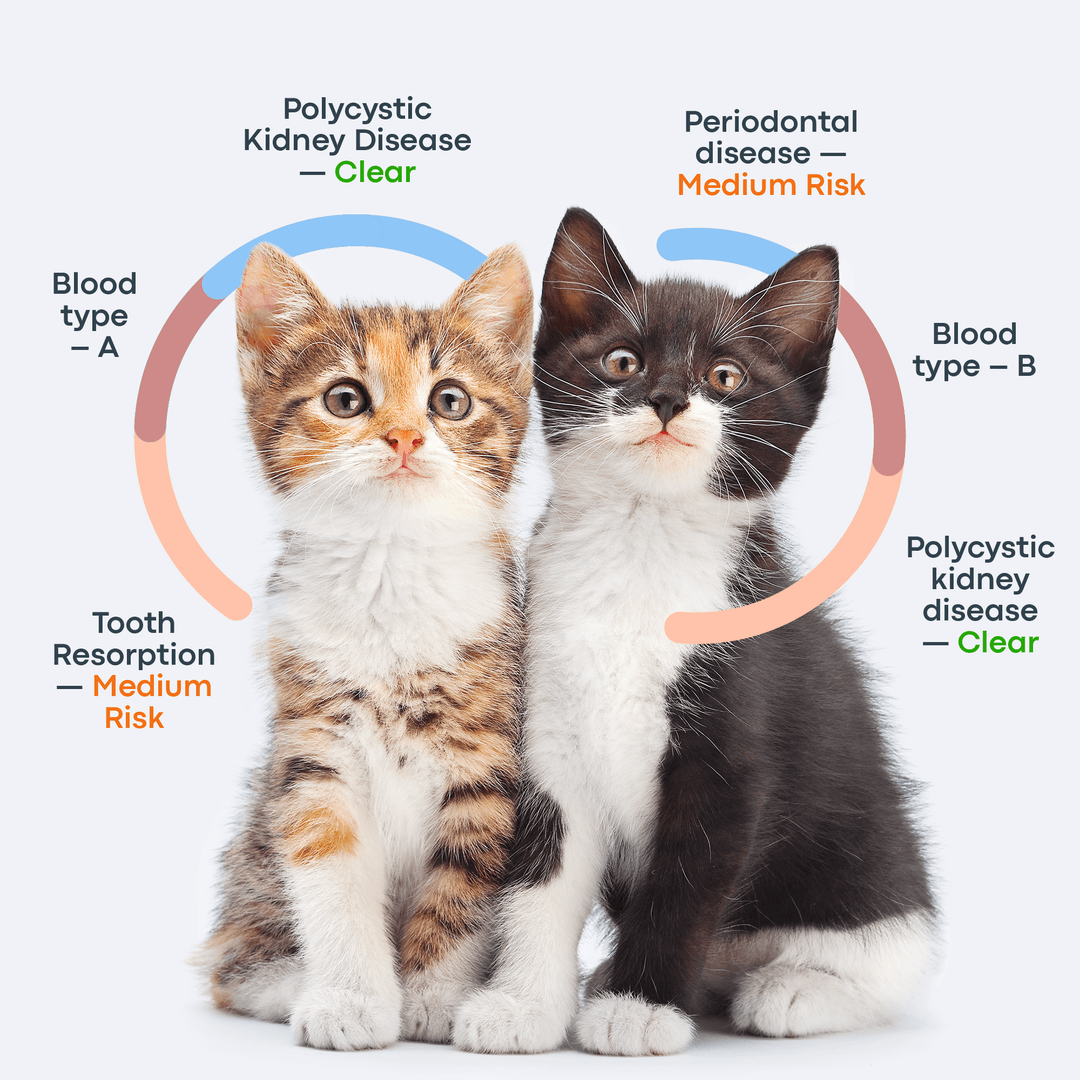Stress is a normal part of everyday human life. But did you know that cats can suffer from crippling anxiety, too? Unfortunately, they can! So, as pet owners, it’s up to us to make sure that our furry feline friends are as calm and stress-free as possible.
Today, we’re talking about cat stress relief.
What Is Cat Stress?
In simple terms, cat stress is an animal's body’s automatic response to a threat to their safety. Cat stress will have the feline in question responding in one of two ways: fight or flight.
A cat’s stress is different from human stress due to how cats manage it. Generally, cats are much better at hiding their stress and express it in ways that are more subtle.
Common Causes of Stress In Cats
Even though cats don’t experience the hardships of life that we do, they can still experience stress, and it can still come from a number of different sources.
Environmental Changes
Environmental changes are one of the most common reasons that cats experience stress and anxiety. These changes can include moving to a new house, getting a new pet, a new baby, and using a different brand of cat litter among many other things.
According to PetMD, the vet can be another stressor for many cats, which makes sense considering that your cat is transported in a cage, poked and prodded by a strange person, and surrounded by unfamiliar sights and sounds.
Lack of Stimulation/ Routine
Cats are creatures of habit -- and as such, they thrive with routines. Have you ever noticed that your cat runs to the food bowl at a certain time of day, or after they see you come out of the bathroom each morning? That’s because they’ve developed a routine, and deviating from it or not having one at all can cause stress.
Being bored can also cause increased stress.
Pain/Health Issues
Most obviously, pain and health problems can and will cause your cat stress. Makes sense, right? Totally! Humans are stressed out by pain, too.
How Stress Affects Cats
Stress can affect cats both physically and emotionally.
Physical symptoms include things like hair loss, weight loss, and digestive issues.
Behavioral effects include hiding, excessive grooming, aggression, and a decreased appetite/loss of interest in food. Stressed cats may also seem to “forget” where the litter box is and begin going to the bathroom in places around the home.
Recognizing the Signs of Stress In Cats
Thankfully, the effects of stress that we mentioned above can be caught if we pay close enough attention. The effects of stress can serve as indicators of stress themselves, but there are additional signs to watch out for.
Changes in Eating/Drinking Habits
A cat who’s feeling stressed or anxious may not eat or drink as usual. They will likely eat less and might even neglect drinking water, leading to dehydration. Weight loss can come as a natural result of these changes.
Overgrooming/Bald Patches
In addition to hair loss, your cat could start overgrooming. This can result in a cat that has bald patches where skin is visible because they have groomed themselves so aggressively that they ripped their own hair out. Ouch!
Hiding From/Avoiding Interaction
A stressed out cat might try to hide or avoid social interaction. They might find a comfortable spot under the bed or in the basement and stay there for hours, trying to avoid humans and other cats in the home.
Increased Aggression/Vocalization
One of the more unpleasant signs of cat stress is aggression. A cat that’s feeling the effects of stress could start to act out of character, displaying aggression and agitation. They may hiss or try to scratch their human companions, or pick fights with other pets in the home.
Alternatively, they could become more vocal. This means that they would make sounds and noises, such as whining or “crying.” The vocalizations are hard to ignore.
Creating a Stress-Free Environment
When it comes to cat stress relief, the best way to help is by creating an environment that is as free of stress as possible.
Safe Spaces
Providing your cat with dedicated “safe spaces” is another helpful way to keep their anxiety at bay. Safe spaces can include closed-in cat houses and beds, ledges and perches, and natural hiding spots like under the bed, behind the couch, and in the bedroom closet. Anywhere that they can go to be alone can serve as a safe space.
Routine and Stability
Routine and stability go a long way in preventing undue cat stress. When a cat has regular routines, they know what to expect and when. Since cats don’t do a lot of things that can have a routine, it’s recommended to have a cat who is prone to stress on a feeding schedule, which serves as their routine.
Multi-Cat Households
If you have more than one cat, it’s a good idea to also have more than one food bowl and litter box. As a rule of thumb, have the same number of accessories (food bowls, water dishes etc.) as you do cats. This helps reduce the chances of your cats competing for resources.
Interactive Activities for Stress Relief
Interacting can help with cat stress relief, too. Consider implementing some of the following activities when you’re hanging out with your feline friend, or giving them these toys when you’re at work.
Playtime with Toys
Toys like laser pointers, feather wands, and others that require your attention are great for keeping your cat’s stress low. Spending time playing with you makes them feel comfortable and helps them get rid of energy.
During playtime, be sure to give your cat plenty of love. This, when paired with interactive play, will help build trust and a bond between you and your cat.
Puzzle Feeders
Puzzle feeders are stimulating feeding toys that dispense treats. They require the cat to solve a simple puzzle by turning, pawing, and otherwise interacting with the dispenser before they can have the treat.
Scratching Posts and Climbing Trees
Scratching posts and climbing trees are wonderful things! They come in a wide variety of sizes, shapes, and colors, and cats love them. They allow the cat to exhibit their natural scratching and climbing behaviors without destroying furniture.
The Role of Cat Calming Products
If your cat is particularly stressed or suffers from general anxiety, there is a place for cat anxiety treatment -- including calming products.
Pheromone Diffusers and Sprays
Pheromone sprays are products that consist of synthetic pheromones that are almost identical to the ones that cats naturally give off when they are relaxed and happy. They can be used as manual sprays or loaded into an automatic diffuser.
Herbal Remedies and Supplements
Herbal remedies and supplements can be helpful, too. Look for products, such as treats, that include rosemary, chamomile, passionflower, L-theanine, jasmine, and tryptophan.
Anxiety-Reducing Collars
Certified cat behavior consultant and expert Mikel Delgado recommends a cat calming collar for stressed cats. They give off a synthetic version of the pheromone that mother cats give off when they nurse their kittens, which makes the cat feel safe and calm.
When to Seek Veterinary Help
If OTC solutions aren’t doing the trick, it’s time to call the vet. Additionally, if your cat is exhibiting overgrooming or nail/leg biting behavior, a veterinarian visit is necessary. Rapid loss of weight or refusal to eat or drink warrant a call, as well.
Your veterinarian may prescribe anti-anxiety meds for cats and/or behavioral therapy.
Tips for Long-Term Stress Management
Positive Reinforcement
Positive reinforcement is a training technique that can lead to lower overall stress levels in cats. It consists of rewarding the cat for good behavior using a tasty treat or favorite food.
Introducing Changes Gradually
Environmental changes can cause stress. This being said, it’s important to introduce changes gradually to avoid shocking your cat.
For example, you could introduce a new pet by allowing the cat to smell and spend time with an item that smells like the new animal. Then, allow the two pets to meet each other through a cage or other barrier, and slowly get them closer and spending more time together.
Conclusion
Anxiety and cats aren’t a good mix. Luckily, there are things we can do to help reduce our cats’ stress and have them feeling their best. From providing quality time and safe hiding places to collars and cat calming treats, the ways we can help are nearly endless.
Frequently Asked Questions
How to help my stressed mother cat relax?
You can help a stressed mother cat to relax by providing a safe, comfortable place for her and her kittens and offering treats.
What are the best ways to reduce holiday stress for cats and keep them safe during festive celebrations?
You can reduce cat stress during holidays by allowing them the freedom to hide, if they feel the need to. You can also aid them by keeping loud noises to a minimum and by providing attention.
What are some professional methods for helping a stressed-out cat?
Professional methods can include anxiety reducing collars and thunder shirts, supplements, and prescription medication from the veterinarian.



